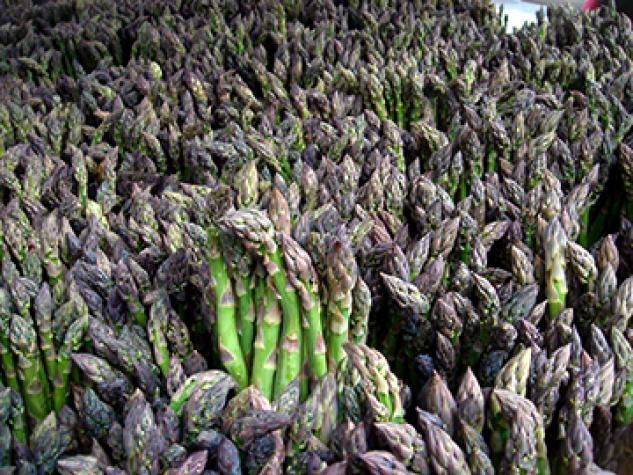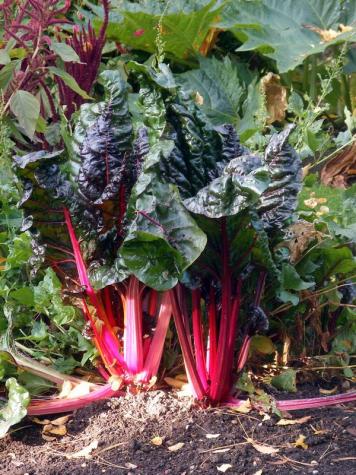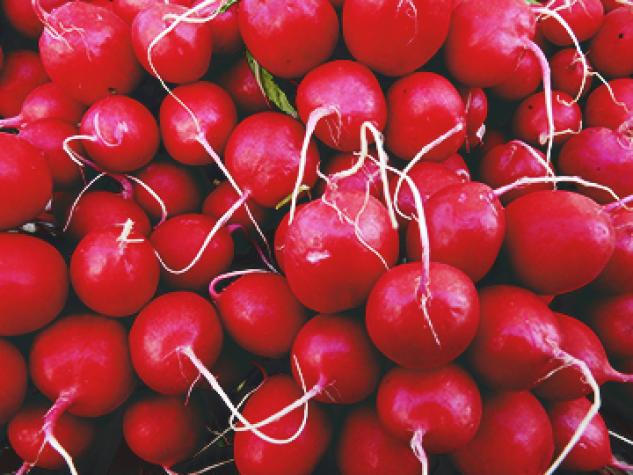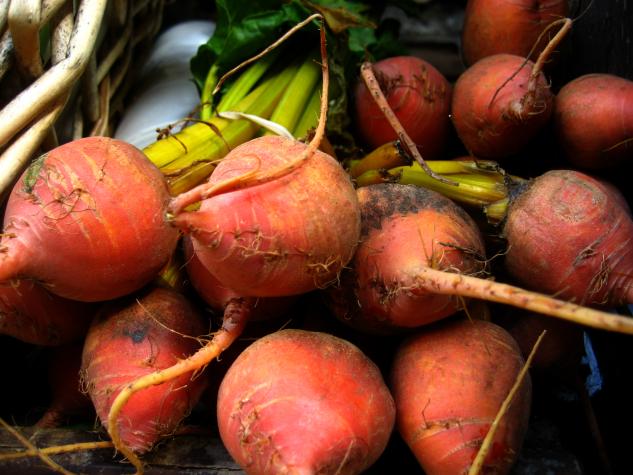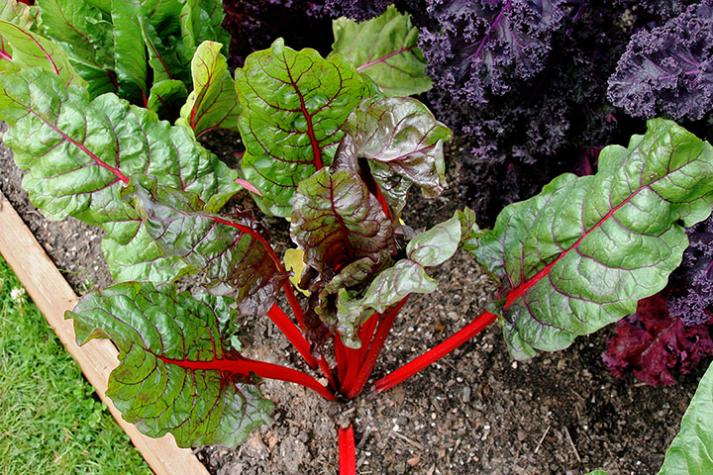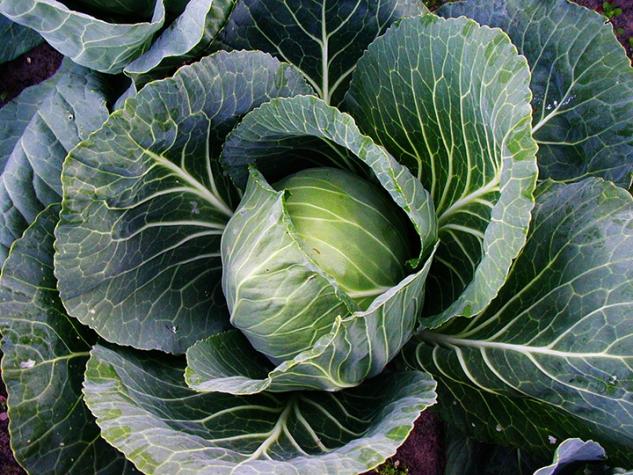KIRKSVILLE, Mo. Cool-season vegetables let the well-organized gardener enjoy harvest bounty in the spring and again in the fall.
These early-season vegetables can tolerate light frost, so they’re a perfect addition to your spring garden.
As with all things gardening, everything starts with the soil.
“Be patient and wait until the soil is ready to be worked,” said Jennifer Schutter, horticulture specialist for University of Missouri Extension. “The soil is ready when a handful of soil crumbles when gently pressed.”
This is the time when you add nutrients and amendments to the soil. Schutter said phosphorus is important because cool soils tend to limit the availability of the mineral to early-planted vegetables.
Perennial cool-season vegetables
Plant perennial cool-season vegetables at the edge of the garden because they’re going to be there for some time. Schutter said rhubarb and asparagus are two of the most commonly planted cool-season perennial vegetables.
If you plan to grow asparagus, Schutter recommends you purchase 1-year-old crowns, or seedlings, from a garden center, nursery or mail-order catalog.
“Asparagus plants are male or female, and the males produce larger spears,” Schutter said. “A common variety is Jersey Knight.”
Asparagus needs time to grow and establish, so it won’t be ready for harvest until the third year after the original planting. So the sooner you get them established, the sooner you’ll be enjoying those tender, tasty spears.
Rhubarb is commonly used to make fruit pies, tarts and sauces. To start rhubarb in your garden, plant the roots, with crown buds, 2 inches below the soil, Schutter said.
“This plant requires well-drained soils, so you might want to consider planting it in a raised bed or in areas where there’s good drainage,” Schutter said.
Schutter recommends harvesting rhubarb during the second year of planting for about a week, and then for eight to 10 weeks in the third year and thereafter.
Annual cool-season root vegetables
This group includes radishes, beets, carrots, turnips, rutabagas and parsnips. Schutter said they require well-drained soil with plenty of organic matter.
“Prepare a fine seed bed and plant seeds as soon as the ground can be worked,” Schutter said. “They should be thinned to the right spacing when plants are 2-3 inches tall.”
Annual leafy cool-season vegetables
This group includes broccoli, cauliflower, kohlrabi, spinach, lettuce, cabbage, mustard greens, collards, Swiss chard and Brussels sprouts. While these can be planted by direct seeding, Schutter recommends using transplants.
“At this point you’ll have the best results by using transplants,” Schutter said. “Transplants are available, or will become available soon, at your local garden centers.”
The best thing about these cool-season plants is once we get through Missouri’s hot and humid summer, these nutritious and tasty vegetables will be ready for round two in your fall garden.
Need more vegetable knowledge? Try “Frequently Asked Vegetable Questions” at extension.missouri.edu/g6400 or “Vegetable Gardening” at extension.missouri.edu/mg5.
